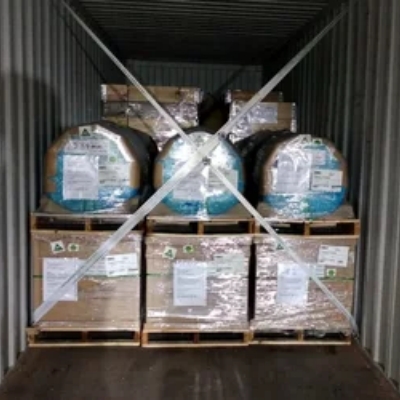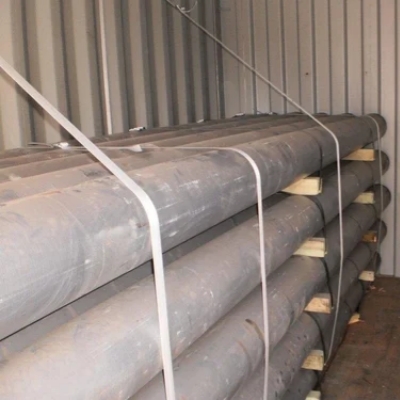General News
Cord Strapping: Enhancing Logistics and Transportation Efficiency
In the fast-paced world of logistics and transportation, the importance of securing and protecting goods during transit cannot be overstated. Cord strapping, also known as composite strap or textile strap, plays a vital role in ensuring the safe and efficient transport of goods across various industries. This article will explore the significance of cord strapping in logistics and transportation, as well as provide insights on how to effectively use cord strapping to secure cargo.
Cord strapping is a type of packaging material made from high-strength polyester fibers woven together to form a durable and flexible strap. It is commonly used to secure heavy or irregularly shaped loads, such as machinery, lumber, or construction materials, during transportation. Cord strapping offers several advantages over traditional strapping materials, such as steel or plastic bands, including flexibility, shock absorption, and resistance to weather and UV exposure.
One of the key benefits of cord strapping is its ability to absorb shock and tension, making it ideal for securing loads that may shift or settle during transit. The woven design of cord strapping allows it to stretch and contract with the movement of the cargo, reducing the risk of damage or breakage. This flexibility is especially important for fragile or sensitive goods that require extra care during transportation.
In addition to its shock-absorbing properties, cord strapping is also resistant to weather conditions and UV exposure, making it suitable for outdoor or long-distance shipments. Unlike steel bands, which can rust or corrode over time, cord strapping maintains its strength and integrity in various environments. This durability ensures that goods remain secure and protected throughout the entire supply chain, from warehouse to final destination.
When it comes to using cord strapping to secure cargo, proper technique and equipment are essential to ensure effective and reliable results. Here are some tips on how to operate cord strapping to secure goods:
1. Select the appropriate size and strength of cord strapping based on the weight and dimensions of the cargo. It is crucial to choose a strap that can withstand the tension and pressure exerted during transportation.
2. Wrap the cord strapping around the load and overlap the ends to create a tight and secure grip. Use a tensioning tool to tighten the strap and remove any slack to prevent shifting or loosening of the cargo.
3. Secure the ends of the cord strapping with metal or plastic buckles to create a strong and stable connection. Ensure that the buckles are properly fastened and positioned to prevent slippage or detachment.
4. Inspect the cord strapping regularly during transit to check for any signs of wear, damage, or loosening. Make adjustments or replacements as needed to maintain the security of the cargo.
By following these guidelines and utilizing cord strapping effectively, logistics and transportation companies can enhance the safety, efficiency, and reliability of their operations. Cord strapping offers a versatile and durable solution for securing goods during transit, ensuring that shipments arrive at their destination intact and undamaged. Embracing the benefits of cord strapping can help businesses streamline their supply chain processes and deliver superior service to customers.



See More News




